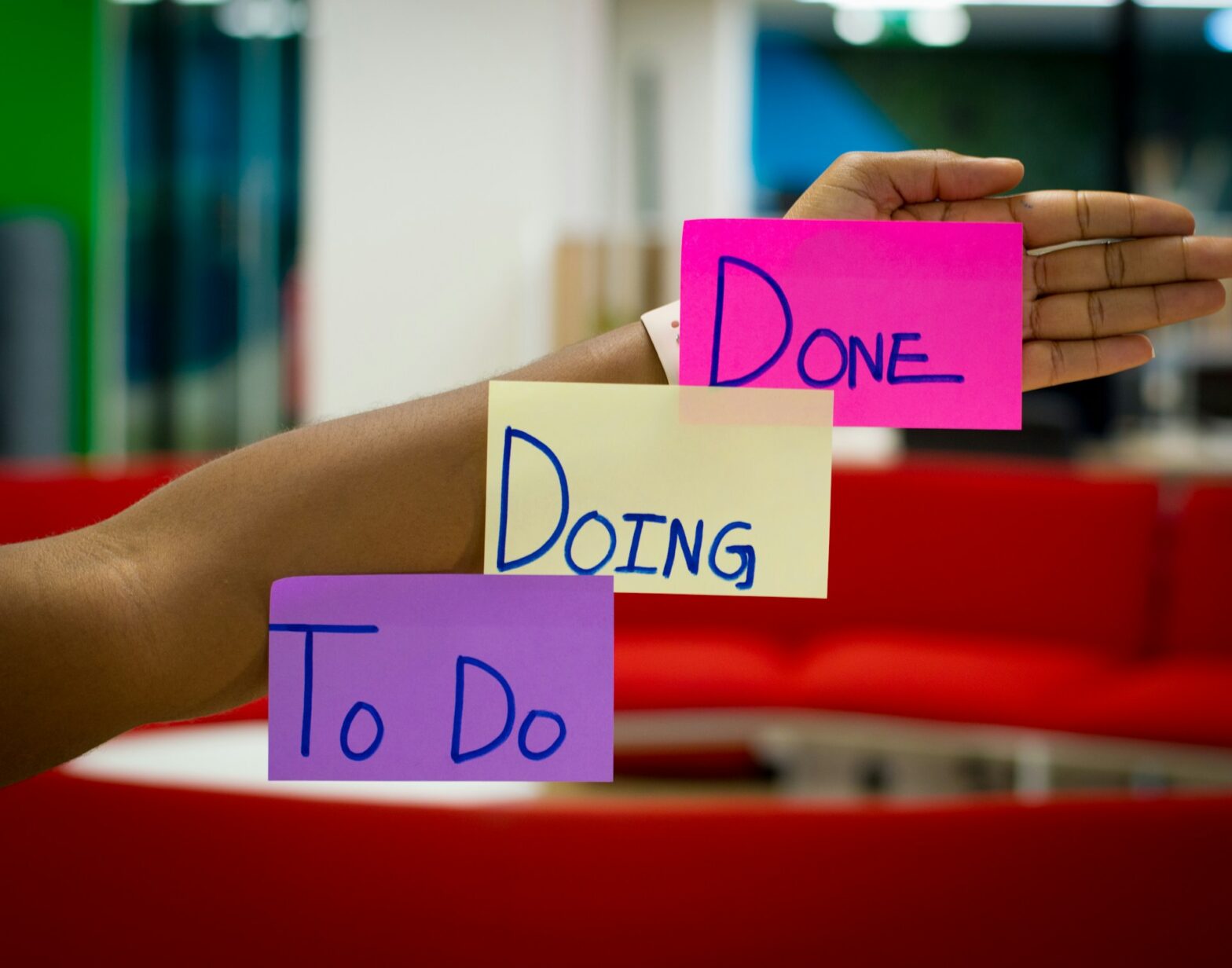Benefits of Iterative Product Development:
Iterative product development offers several key benefits that contribute to the success of a product:
- Faster Time to Market: By breaking the product development process into smaller, manageable iterations, teams can bring products to market faster. Rather than waiting to release a fully polished product, teams can launch minimum viable versions early and iterate based on real-world feedback, accelerating time to market and gaining a competitive edge.
- Reduced Risk and Uncertainty: Iterative development allows teams to mitigate risks and uncertainty by testing assumptions and validating ideas early and often. By releasing small, incremental changes and gathering feedback from users, teams can identify and address potential issues before they escalate, minimising the risk of costly mistakes later in the development process.
- Increased Flexibility and Adaptability: In today’s fast-paced business environment, agility is key to success. Iterative development enables teams to adapt to changing market conditions, user feedback, and business priorities quickly. Rather than being locked into a rigid plan, teams can pivot, iterate, and course-correct as needed, ensuring that the product remains aligned with evolving needs and objectives.
- Improved User Satisfaction: By involving users early and often in the development process, iterative product development ensures that the product meets their needs and expectations. By incorporating user feedback and insights into each iteration, teams can create products that are more intuitive, useful, and delightful, driving higher levels of user satisfaction and loyalty.
Continuous Improvement through Feedback and Experimentation:
Continuous improvement is at the heart of iterative product development, and feedback and experimentation are the fuel that drives this process forward. Here’s how teams can continuously improve products through feedback and experimentation:
- Gather User Feedback: Solicit feedback from users through surveys, interviews, usability testing, and customer support channels. Analyse feedback to identify trends, pain points, and areas for improvement.
- Prioritise Feedback: Prioritise feedback based on its impact on user experience, business goals, and technical feasibility. Focus on addressing high-impact issues first to maximise the value of each iteration.
- Experiment and Iterate: Experiment with new features, designs, and functionalities through A/B testing, multivariate testing, and prototyping. Gather data on user behaviour and preferences to inform iterative improvements and optimise performance.
- Monitor Key Metrics: Track key metrics and KPIs, such as user engagement, retention, conversion rates, and customer satisfaction, to measure the impact of changes and iterations. Use data to identify trends, patterns, and opportunities for optimisation.
- Iterate Based on Results: Use insights from user feedback and experimentation to inform iterative improvements to the product. Iterate on features, designs, and functionalities based on validated learning and data-driven insights, continuously refining the product to better meet user needs and business objectives.
Iterative product development offers a powerful framework for building successful products that meet user needs, drive business objectives, and stay ahead of the competition. By embracing iteration, gathering feedback, and experimenting with new ideas, teams can continuously improve products, adapt to changing market conditions, and deliver value to customers. As organisations increasingly recognise the importance of agility and user-centricity in product development, adopting an iterative approach will be essential for achieving sustainable growth and success in today’s rapidly evolving business landscape.
